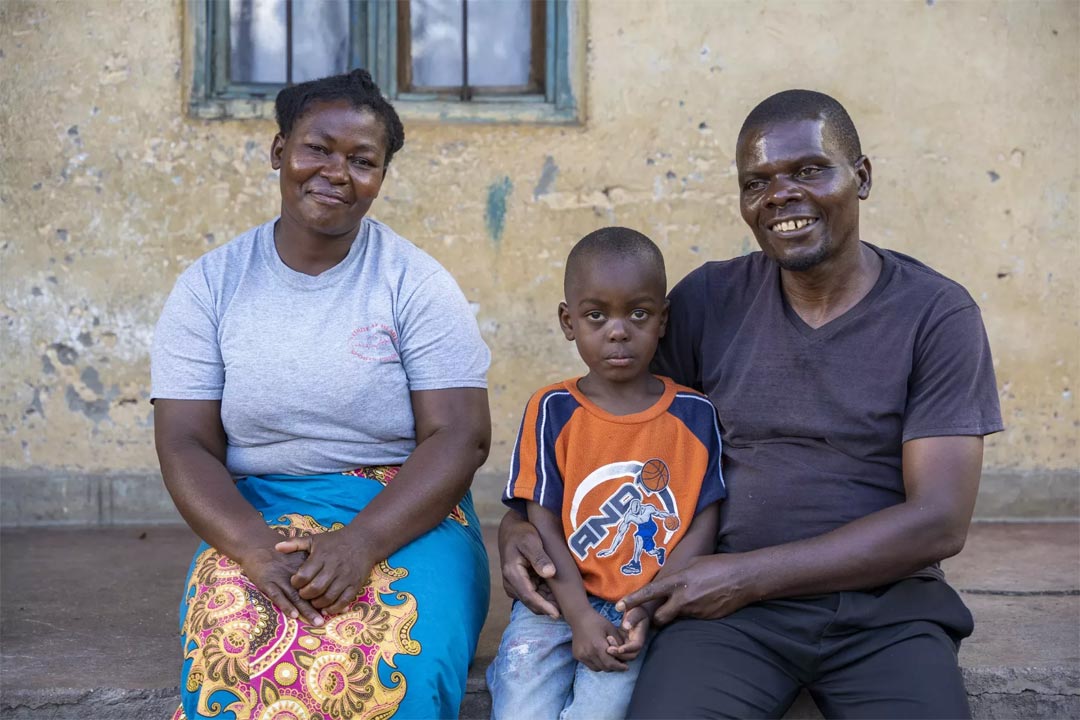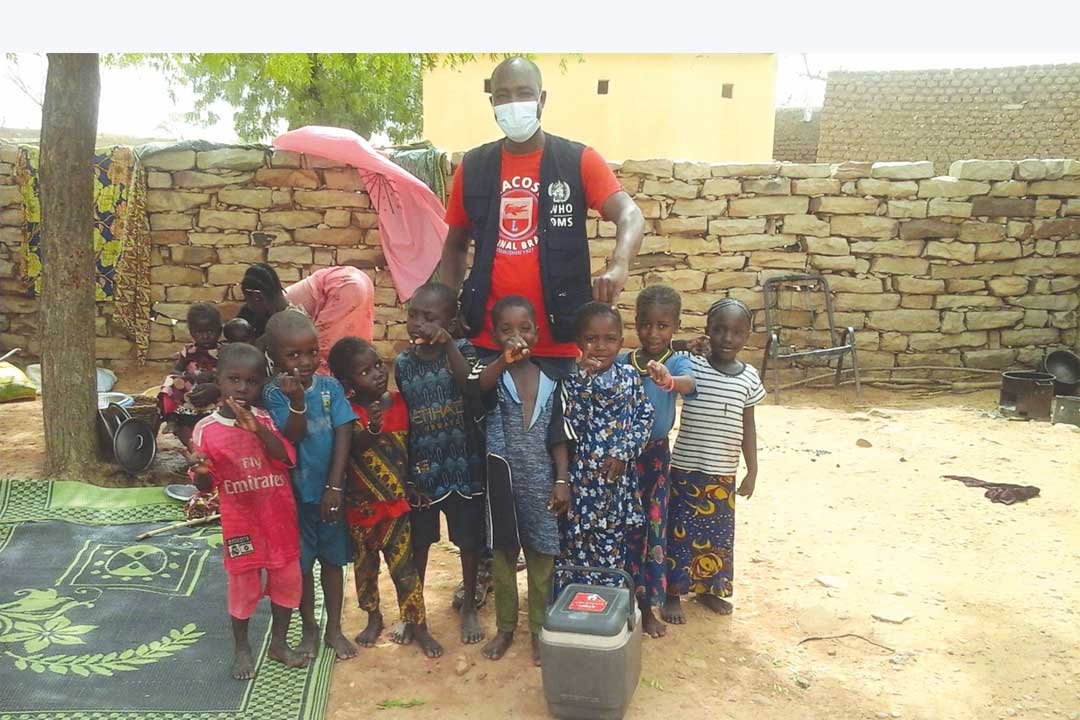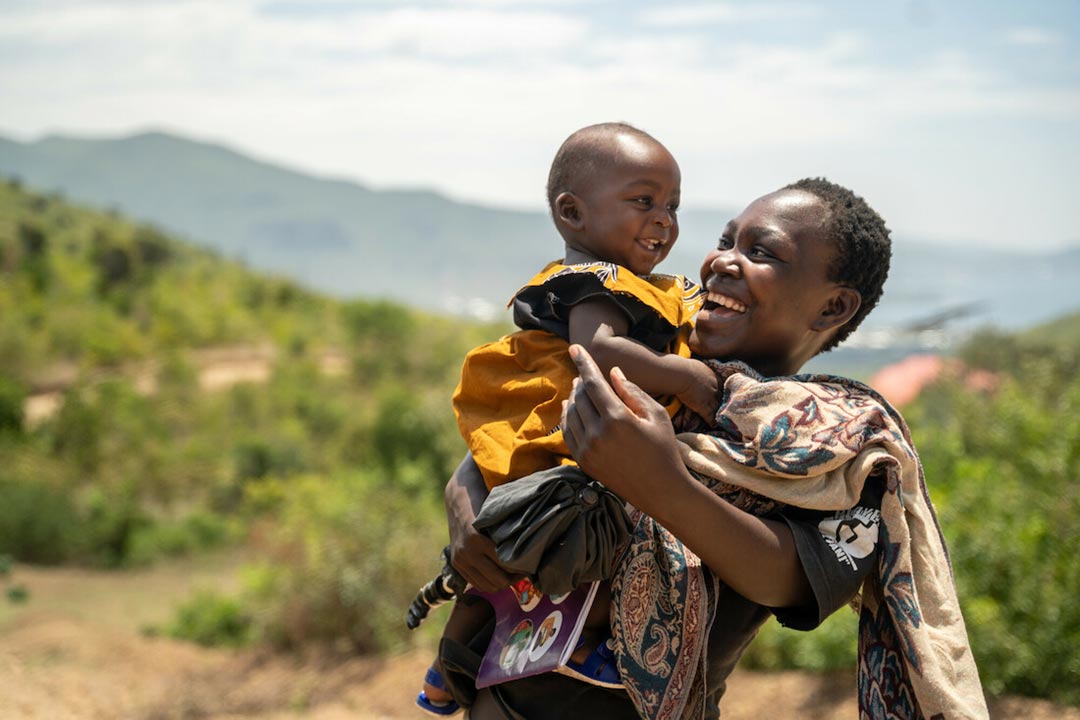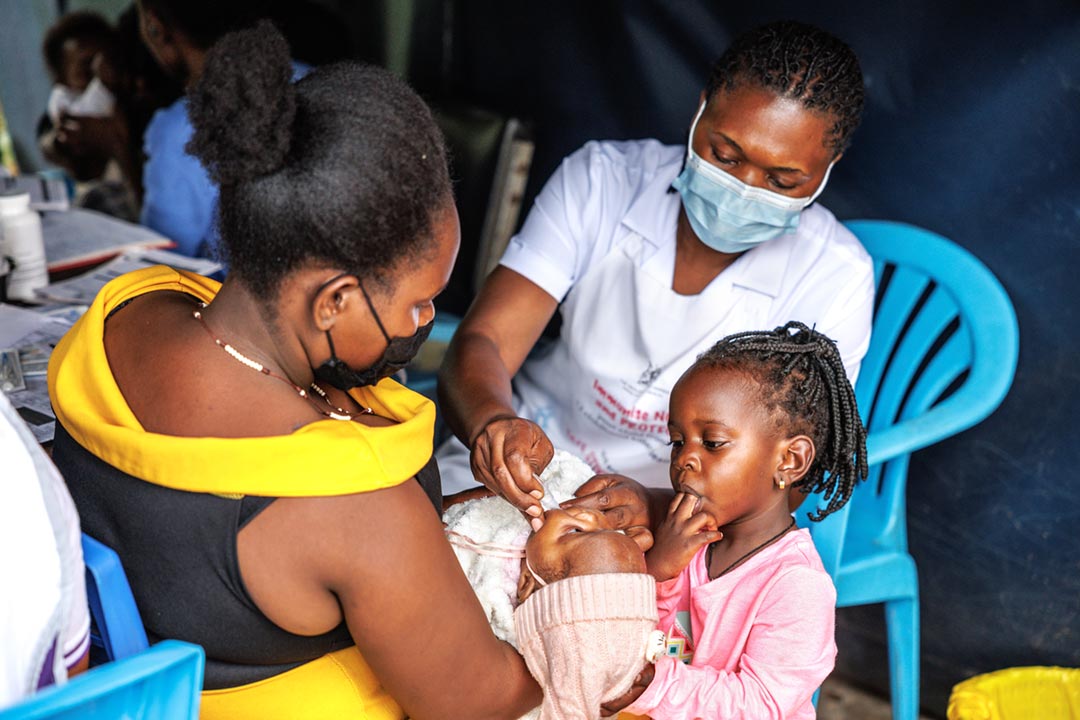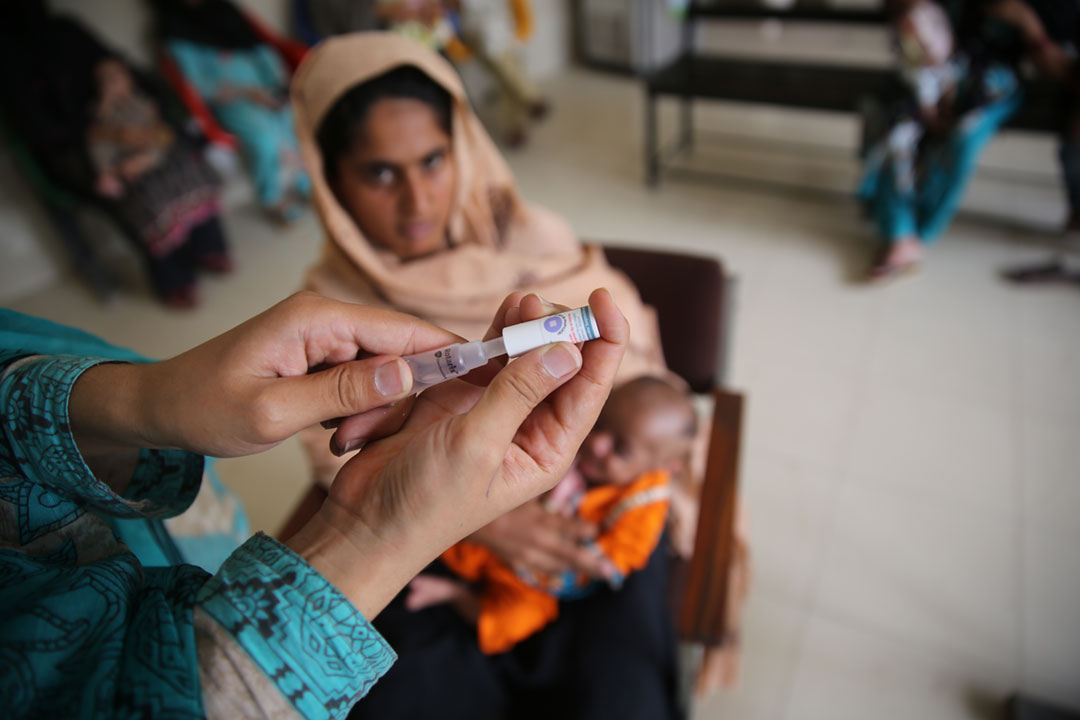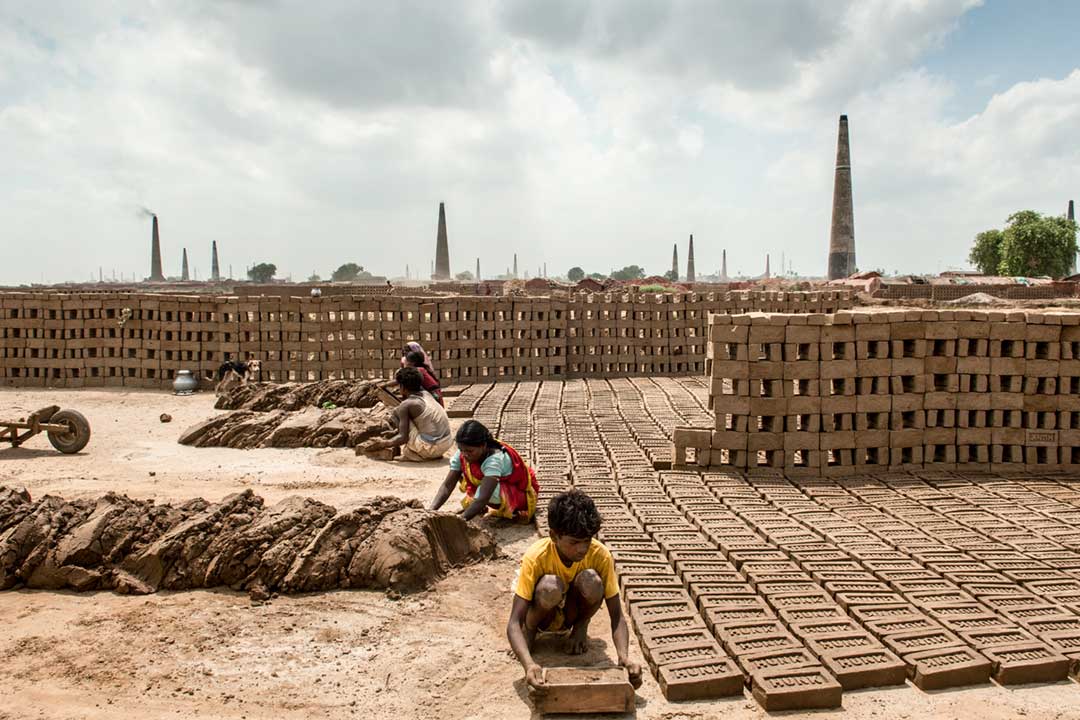Spotlight on CHWs: meet the Auxiliary Nurse Midwives of central India
After the pandemic crisis, ANMs in Madhya Pradesh say they have a new appreciation of their own importance to the health system.
- 27 March 2024
- 5 min read
- by Shuriah Niazi

Manju Shrivastava is one of 14,000 Auxiliary Nurse Midwives (ANMs) serving in the central Indian state of Madhya Pradesh under India's National Health Mission.
Shrivastava is stationed on the outskirts of state capital Bhopal, but across the state and country, women like her are crucial pillars of the vaccination system.
“Although there’s been a discernible rise in public awareness about vaccination, dealing with children and women isn’t easy. This is because people tend to hold us responsible if there is even a slight fever or any other minor issue after vaccination.”
– Manju Shrivastava, ANM
"Our work revolves around safeguarding the health of women and children, particularly among the impoverished and those with limited health awareness," says the 43-year-old.
Winning their confidence is often a challenge, adds Shrivastava. "Although there's been a discernible rise in public awareness about vaccination, dealing with children and women isn't easy. This is because people tend to hold us responsible if there is even a slight fever or any other minor issue after vaccination."
What does an ANM do?
ANMs float between fieldwork and work at the health sub-centres. Their duties include not only routine immunisation, but also extend to antenatal and postnatal care. They also provide counselling on family planning and contraception.
ANMs often attend to minor illnesses and are responsible for preparing blood slides for patients presenting with fever.
In the state of Madhya Pradesh (MP), their total number is about 14,000, of which approximately half are regular or permanent ANMs, and half are "contract-based".
Regular ANMs work under the State's Health Department. They are posted in government hospitals, community health centres, primary health centres, civil hospitals and medical college hospitals. They provide health services within the hospital premises and sometimes in the surrounding areas.
On the other hand, ANMs working on contract are employees of the National Health Mission and work at Anganwadis (government-run childcare centres), schools and undertake door-to-door vaccination in designated areas.
The salary of a contractual ANM starts from around 12,000 rupees (US$ 145) per month, while the starting salary of a permanent ANM is 25,000 rupees (US$ 300).
In order to become an ANM in a state such as Madhya Pradesh, willing candidates must first pass the 12th-grade school leaving examination. After this, they have to appear in the qualifying examination conducted by the Madhya Pradesh Professional Examination Board. Upon successful selection, they undergo a two-year training provided by the government. After completion of training, they are usually appointed in their own district.
COVID-19 aftermath
ANMs constitute a major segment of the Indian community health care workforce.
But their keystone utility at village level can result in their being overburdened with work, as ANMs from across the state attest.
For her part, Shrivastava says that in case of any kind of medical emergency, ANMs like her are mobilised to the frontline, even as their routine workload continues to escalate. Memories of the COVID-19 crisis are clearly fresh – and feelings about its aftermath are mixed.
Have you read?
"The massive [COVID-19] vaccination drive owes its success primarily to the invaluable support and tireless work of ANMs. Therefore, it's justifiable to credit them for the achievement of the vaccination campaigns in the state," says Dr RC Malariya, Chief Medical and Health Officer of Niwari district.
Without the dedicated efforts of the ANMs, who confronted various risks, attaining a high vaccination rate in such an underprivileged region would have been simply impossible, he adds.
Shrivastava describes the pandemic as a "nightmare", but acknowledges its profound lessons. Through adversity, she learned to face challenges and encourage others to prioritise health and well-being, she says.
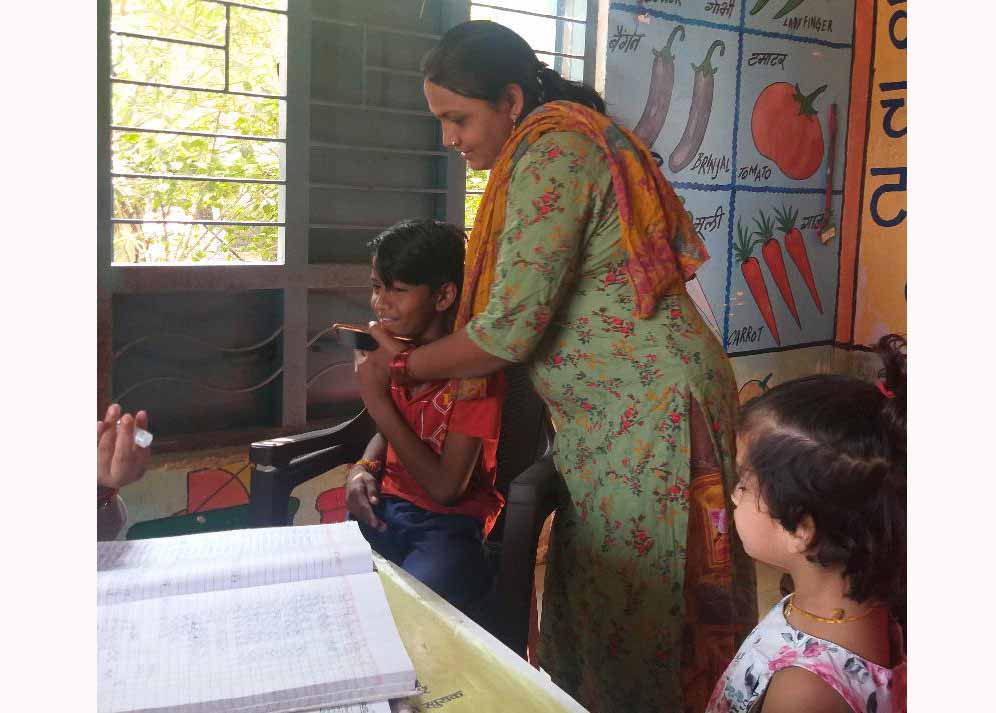
Credit: Shuriah Niazi
Uma Ahirwar, an ANM who works in rural and so-called "tribal" areas hundreds of kilometres away from the state capital, says COVID-19 showed her how important the work of ANMs is.
"Earlier we considered ourselves just a health worker, but now we have come to know that we are an important part of the health sector. We can also work to save people's lives."
ANMs in Madhya Pradesh also told VaccinesWork that the ambitious digitisation project of the Indian health care system – which has stepped up a gear in the wake of the pandemic – has, ironically, sometimes made their jobs more complicated.
Deepa Sahu, another ANM from Bhopal, says, "We use the Integrated Health Information Platform (IHIP) portal, prepared by the Ministry of Health and Family Welfare of the Central Government, where daily entries have to be made."
That portal, launched in 2021, provides near-real-time information, along with advanced analytics, to health policymakers.
“Earlier we considered ourselves just a health worker, but now we have come to know that we are an important part of the health sector. We can also work to save people’s lives.”
– Uma Ahirwar, ANM
But for Sahu, at the health care coalface, it's a double-edged sword. "Unreliable internet connectivity often hinders our ability to access this portal, causing significant hurdles. We have to register our attendance through the Anmol app. It is difficult to instal that too," she says.
ANMs get support from ASHA and Anganwadi workers
Most of the ANMs we interviewed spoke positively of their collaboration with the other principal cadres of the Indian community health workforce, namely, ASHA and Anganwadi workers.
Accredited Social Health Activists – ASHA workers for short – bring children to health centres or to Anganwadis, which are rural child care centres, for vaccination. They also bring mothers and pregnant women to the centres, where they work together with ANMs and Anganwadi workers to deliver critical health education.
It's this tripartite collaboration that keeps the largest routine immunisation system in the world on track, acknowledges Dr Shantosh Shukla, State Vaccination Officer of the National Health Mission for Madhya Pradesh. "ANMs, ASHA and Anganwadi workers work in tandem at the grassroots level," he said, adding: "The government is also trying to provide them better facilities."
More from Shuriah Niazi
Recommended for you
